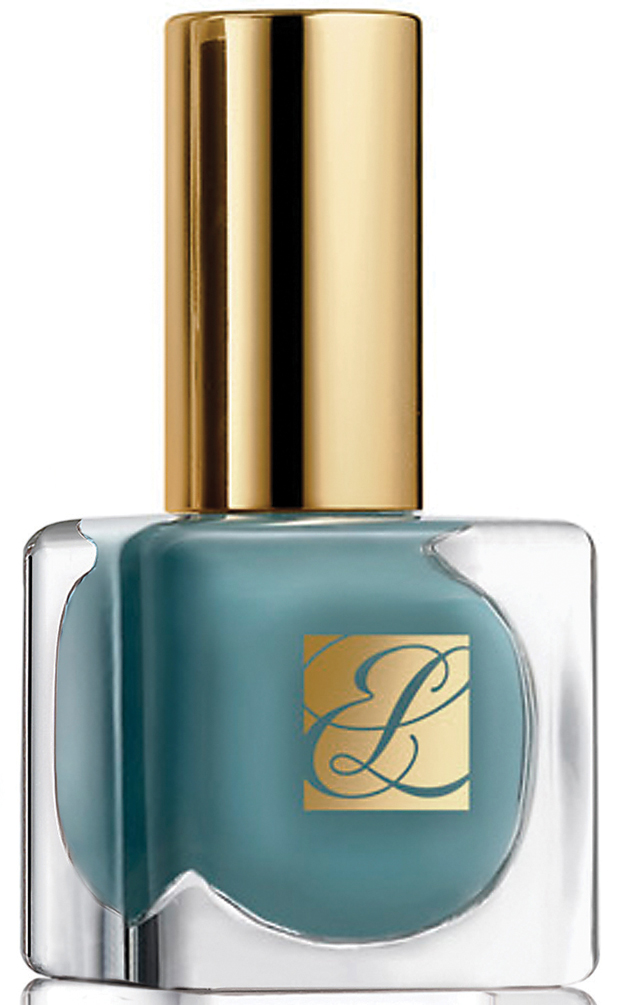This feature has been sourced from Tom Bristow's brilliant blog 'Tomistry':
......................................
Ever snapped up three tops for 8 pounds, and then wondered how they could be so cheap? Who made it? Is it a good thing that they should be paid so little?
It’s a morally tricky world out there if you want to enjoy the pleasures of fashion and live ethically at the same time. The dynamics of sweatshop labour, disposable fashion and the high carbon footprint of goods lugged half way around world are imbedded in the industry. However, in 2007 a movement was created that will give trendy types with a conscience some reasons to be cheerful.
It’s called Swishing, and it involves going to parties, getting pissed with your friends and swapping your unwanted clothes for someone else’s. Founded by Lucy Shea, the CEO of Futerra Sustainability Communications, it has fast become a global phenomenon.
I spoke to Shea over the phone about the importance of swishing to the environmental movement. Swishing parties, she told me, are “mental amounts of fun”. This is important, because Futerra’s mission has been to catapult environmental campaigning away from ‘doom and gloom’ tactics to more seductive methods of behaviour change. A swishing party therefore is both a social event and a piece of propaganda, one that convinces people by giving them a good time. It’s a far cry from the earnest but irritating winging which environmentalists are all too often known for.
I asked Shea how swishing could relate to students, especially those struggling financially. She responded that swishing was at first exclusive to the sustainability community, but “then, as all trends do, it went to the girls, the students and the gays”. It’s a way of having fun and getting something new, all without spending money. This has new relevance given the economic meltdown; according to Shea: “it started with eco-chic, now it’s more about credit-crunch-chic”. This perfectly embodies Futerra’s idea of selling environmentally friendly behaviour as desirable both for its ‘fate of the world’ objectives, and because of all the bonuses that come with it. Saving cash by swishing more and shopping less is just one example.
All well and good, but how can swishing parties avoid going the way of ugg boots or baggy jeans, and fall from fashion grace? Shea responded that swishing, on the contrary “goes from strength to strength”. “Everyone wants to look good, everyone has a desire for status, swishing allows us to do that without damaging the planet”. More than that, swishing allows us to subtly reject capitalism, without losing the will to look good. This deeper statement made by swishing is what makes it more than just a fad.
But how good are these parties? You’d need a pretty special one to make headlines, and luckily Futerra have managed to rope in a range of partners to make swishing as glam as possible. As part of their drive to promote the sustainability of their business, Eurostar held a swishing event in London last November. Fashionistas and stylists travelled on the train from Brussels to show some joint British-Belgian love for swishing at a specially laid on party. February 15th-21st marked the first Global Week of Swishing, which Shea was in the process of planning when I spoke to her. The launch party was probably the most bizarre swish yet. Held in the Palace of Westminster and hosted by Baroness Lola Young, the party saw a bunch of crusty but enthusiastic peers mingle with seasoned swishettes. “Lords will be swapping!” proclaimed Shea.
She is leading by example with a mission to source all her clothes for a year by swishing alone. This means no clothes shopping at all; even presents must be swished for. The trigger for this decision, interestingly, was Shea’s experience of watching the London riots back in August. “One of the fundamental problems is there isn’t enough money to go around”. In essence, sustainability encourages people to live within their means. This seems a daunting task when as our economy is so focused on consumer spending, but Shea believes “that we are on the brink of something better”. First though, She thinks, “people have to get a bit pissed off before we get the desire for something different”
Swishing has been embraced by sustainability hacks, fashion victims and skint students alike, but for the most part the fashion houses have, unsurprisingly, ignored it. One exception is outdoor clothes specialist Patagonia. They make clothes not with an eye to shifting as many as possible, but making them last and last. For those who do want a new outdoor outfit, the plan is for swishing to take place within Patagonia stores. In this way, Patagonia gains kudos with shoppers as a business that cares for their patronage, rather than one that simply fleeces us of scarce money for shoddy quality clothing. This suggests that Swishing has real potential to infiltrate the ailing world of high street fashion, as when you know a shop cares you’re less likely to go online. In Shea’s view, the high street crowd “don’t see it as a threat, but maybe they should”.
......................................
Please visit www.tomistry.wordpress.com for more insightful articles.


























.JPG)






.JPG)
















